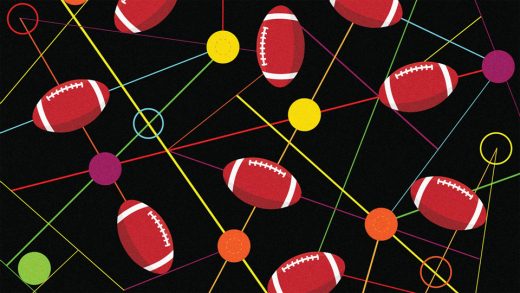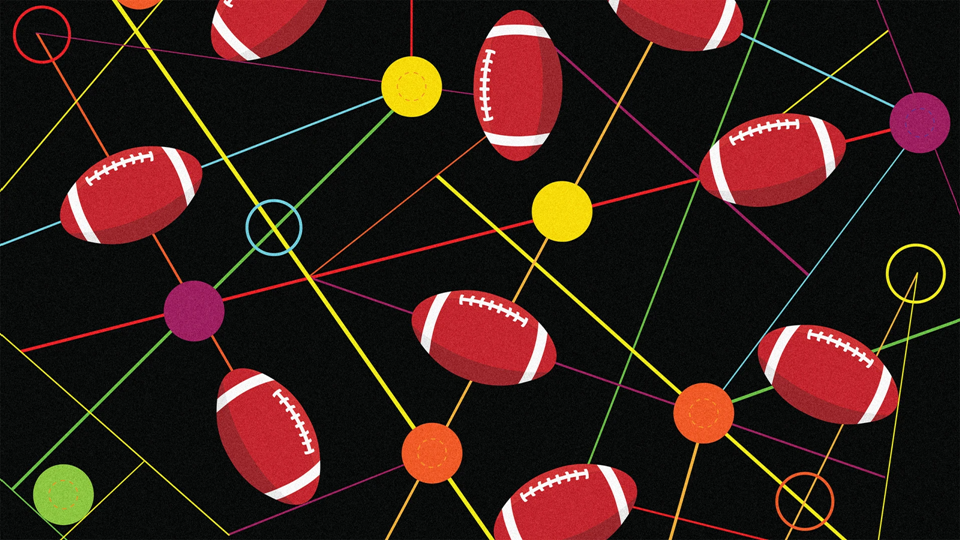The increasingly weird economics of college football
The increasingly weird economics of college football
What Notre Dame’s “buy week” upset loss to Northern Illinois tells us about the crazy current state of college football.
BY Paul Mueller
Northern Illinois stunned No. 5 Notre Dame last weekend on a last-second field goal to notch college football’s first big upset of 2024. For the Huskies, it’s a win they’ll be celebrating for years to come. For the Fighting Irish, it’s a season-crusher. To lose the home opener to a small school from a vastly inferior conference was an embarrassment for Notre Dame.
Especially since they paid NIU $1.4 million to do it.
This shines a light on one of the longest and most expensive traditions in college football: guarantee games. They’re also called “money games,” “paycheck games,” or, as I like to call them, “buy weeks.”
An expensive (and risky) tradition
For decades, in the first few weeks of the season, major college football institutions have paid smaller schools to come to play them in their house.
In Week 1 alone, more than $35 million was spent across at least 55 guarantee games, according to Front Office Sports. Alabama wrote the biggest check to its opponent, Western Kentucky, for a whopping $1.9 million. WKU lost that game 63–0, but they probably hit the bank on the bus ride home and likely won’t think twice about it.
In Week 2, three schools—Western Michigan, Middle Tennessee, and Utah State—got payouts bigger than NIU’s $1.4 million. They lost by a combined score of 156–3, but they took home a total of $4.85 million in the process.
It’s generally a good deal for both teams. The small schools get a paycheck, the big schools get another home game to milk gameday revenue. The small school gets to play on the big stage and get national exposure, the big one gets a cupcake on the schedule to start the year in a sport with no preseason. So all’s well and good until the lesser team decides to show out and pull the upset.
College football’s parity paradox
Notre Dame may have been lucky to have dropped just 13 spots to No. 18 in the polls after their NIU humiliation, and their national title hopes are in jeopardy. Meanwhile, NIU is laughing all the way to the bank, as the $1.4 million check they received for playing the Irish is roughly 6.4% of the school’s total athletic department revenue from 2023.
For context, in the Name, Image, and Likeness (NIL) era, Ohio State’s overall player payroll for this season is reportedly around $20 million, nearly equaling NIU’s total athletic revenue from last year.
It’s a nod to the growing separation between college football’s haves and have-nots. While conference realignment de-regionalizes the sport, the transfer portal spreads talent more evenly across the country, and NIL money draws talent to top programs, the playing field at the top appears to be as level as it’s been in decades. Meanwhile, the smaller schools suffer, unable to attract and keep talent due to a lack of NIL opportunities, rendering them increasingly unlikely to compete with top programs.
Which makes NIU’s upset that much more impressive.
The 6-Pac
It’s just another example of how college football barely makes sense in 2024. The Big Ten has 18 teams. The Pac-12 has only two and has reportedly agreed to add four teams from the Mountain West conference in 2026, which would make them a 6-Pac. California, Berkeley, is in the Atlantic Coast Conference for some reason, where it will travel a combined 20,720 miles to and from its five road games this football season. That’s more than 83% of the earth’s circumference.
As conferences continue to realign and the money gets bigger for both players and universities, the only safe bet is that college football is going to get weirder before it becomes recognizable again.
ABOUT THE AUTHOR
(3)



